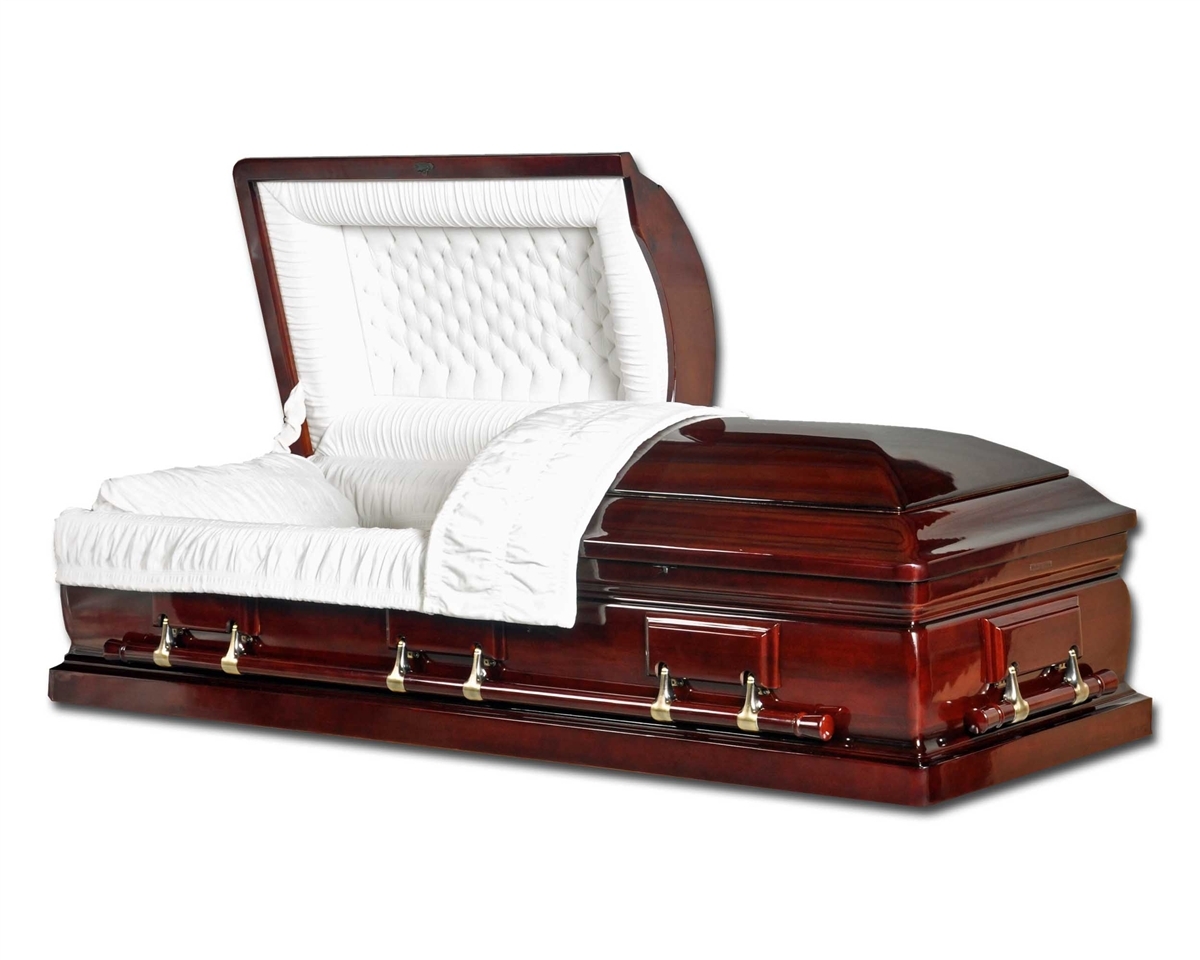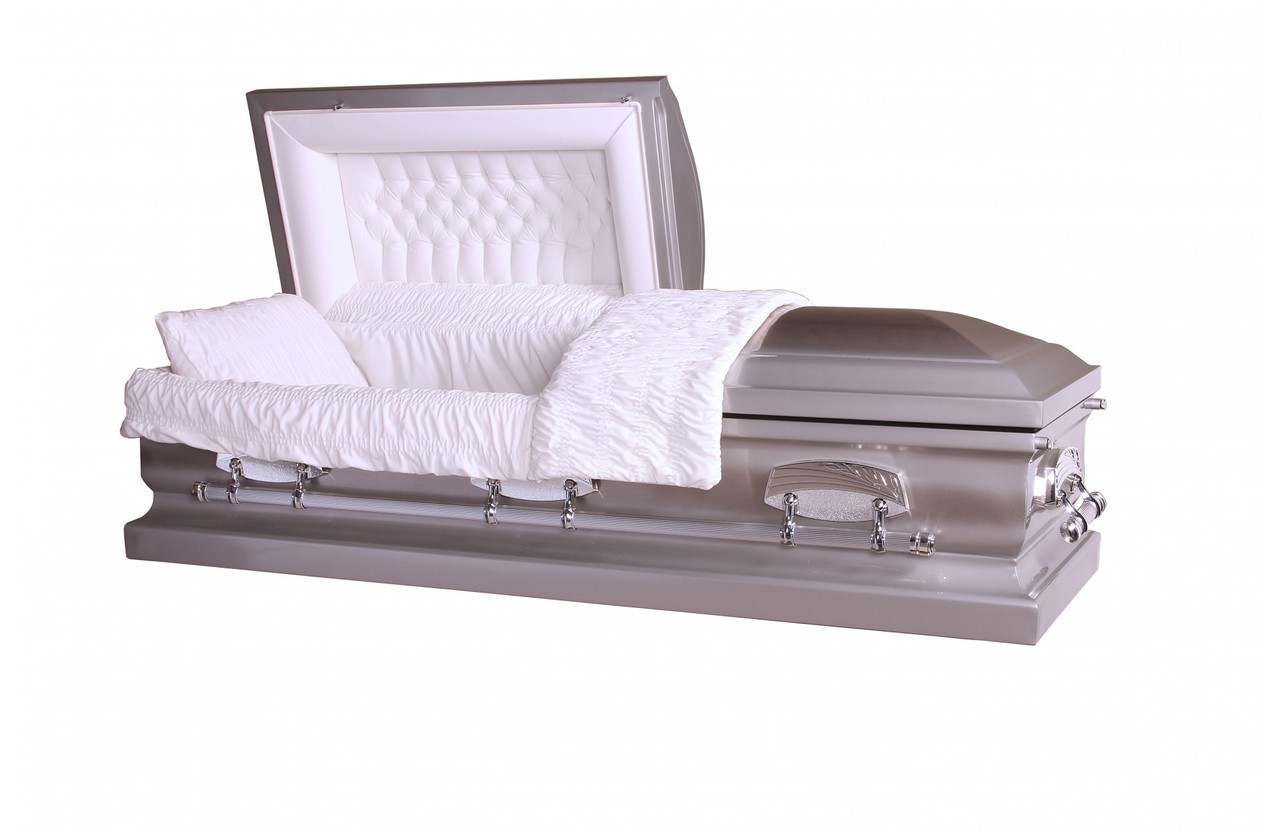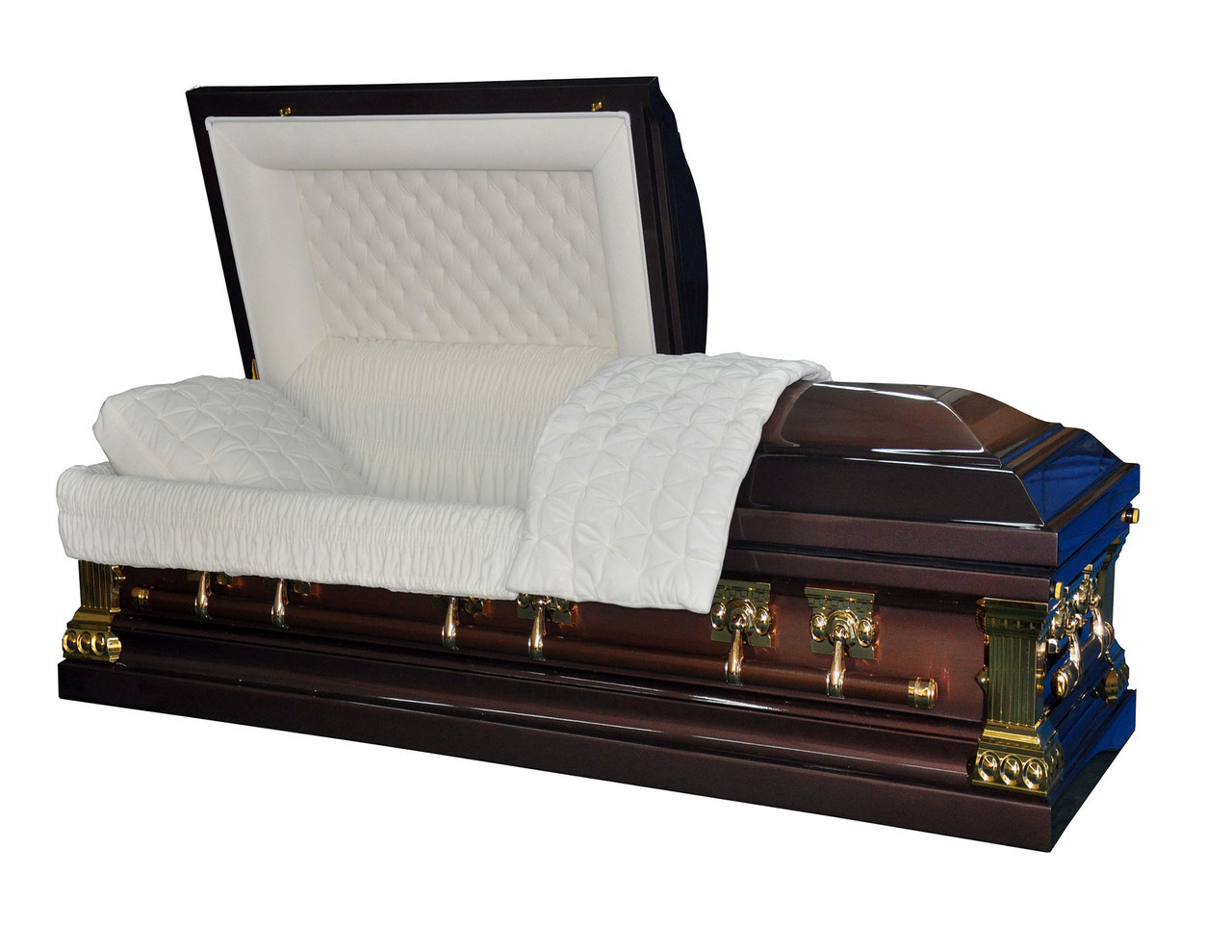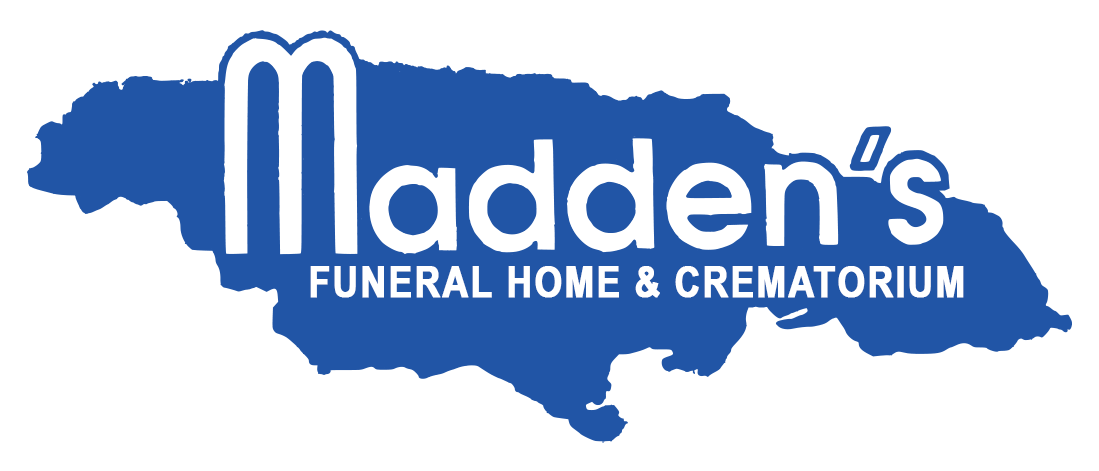Caskets
Wooden Caskets

Handcrafted like fine furniture, each wooden casket has it’s own unique graining pattern. The natural warmth and beauty of wood is available in a variety of types and species. The interior material of a wood casket is typically either velvet or crepe.
The classification “hardwood” simply means that the wood comes from a leaf-bearing tree. “Softwood” comes from the needle or cone-bearing trees. Therefore, designation as a hardwood is not determined solely by the consistency or surface hardness of the wood itself, but the species of the tree from which it came. Cost can vary depending on whether the sides of the casket are constructed from solid wood or a veneering process has been utilized.
Metal Caskets

The majority of metal caskets available on the market today are known as “protective” caskets. This terminology reflects that they are manufactured with a one-piece rubber gasket that runs around the inner lid of the casket.
Once closed, a locking mechanism draws the lids unto the base and the gasket forms a seal. This protective seal protects the deceased from the entrance of air and other gravesite elements.
Much higher quality metal caskets utilize a sophisticated magnesium rust inhibitor process. Metal caskets are commonly manufactured in 20, 18 and 16 gauge metals. Interiors are tastefully coordinated in a variety of materials from crepe to velvet, allowing for a range of pricing to meet a wide variety of budget concerns.
Stainless Steel Caskets

The discovery of Chromium in the mountains of Russia in the late 1700s led to the development of the alloy we now know as stainless steel. Stainless steel is a rust resistant material and is available today in the manufacturig process of high quality metal caskets.
Most stainless steel caskets feature high-quality velvet interiors and beautiful paint and brushed finishes.
Rental Caskets

Families are increasingly requesting to rent a casket. To facilitate this request, we offer a casket designed to allow for this service. The casket is a specially crafted unit that facilitates an inner simple container to hold the body. The casket itself acts as a “shelf around this container, making it suitable for public visitation and viewing.
After the funeral service, the funeral director removes the inner container from the outer casket shell. The inner container holding the body is then transported to the place of final dispositon, usually a crematorium.
The outer casket is reused for a number of services. Eventually, the casket reaches a point of wear and it is destroyed. Because its usage is limited, the rental casket is replaced after a relatively small number of uses. However, due to the reusable nature of these units, they can be also appreciated by families with environmental concerns.


